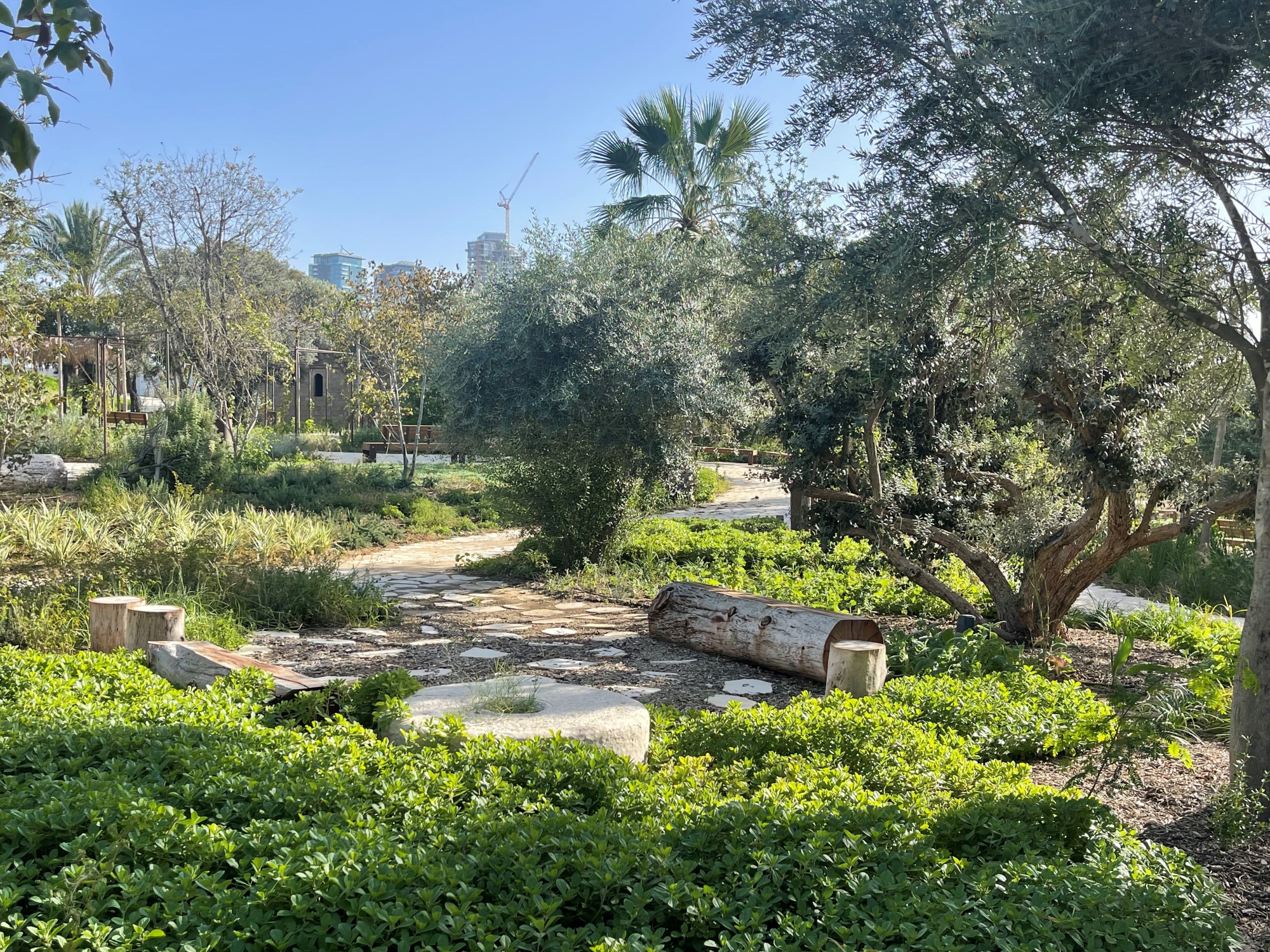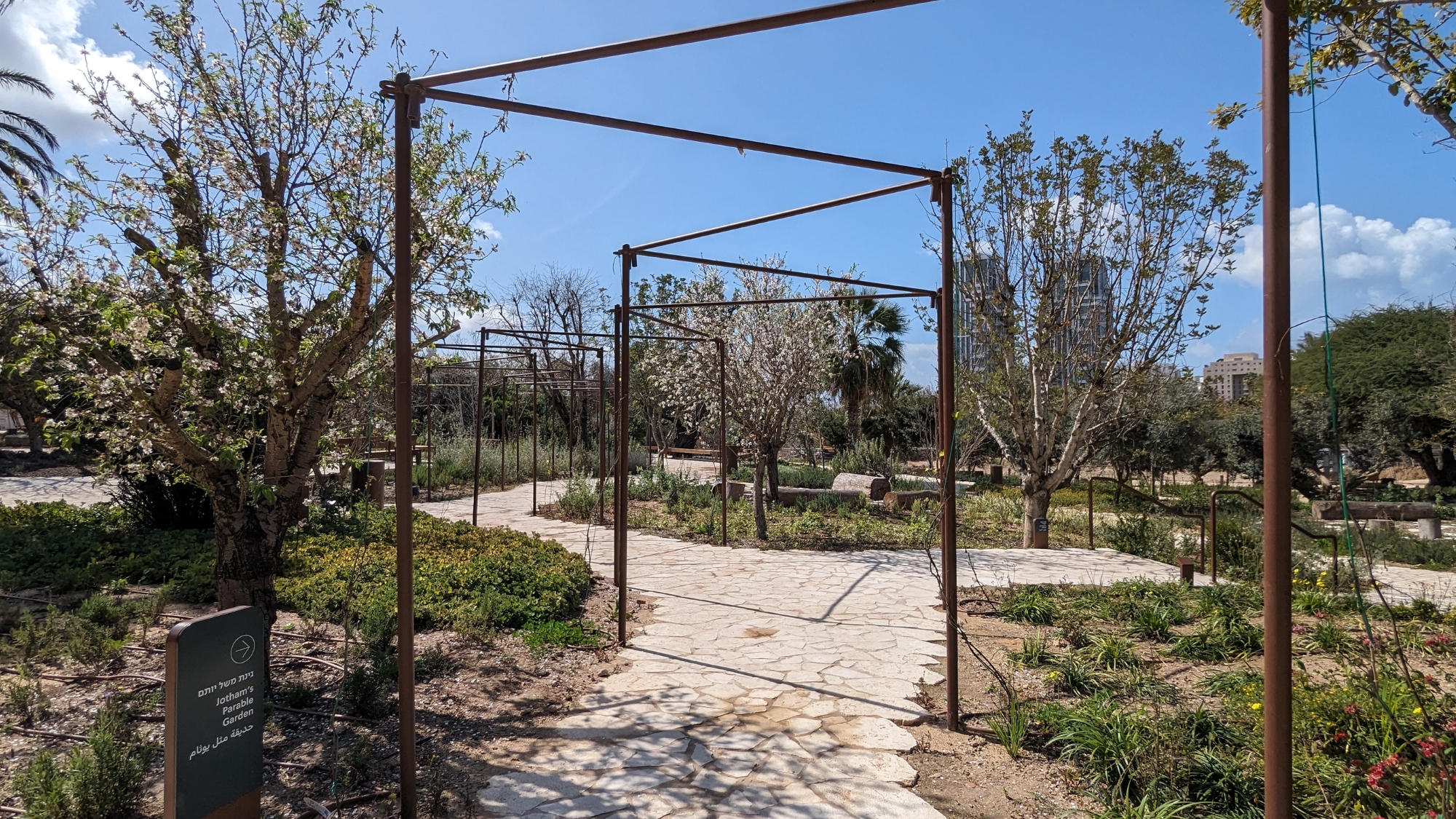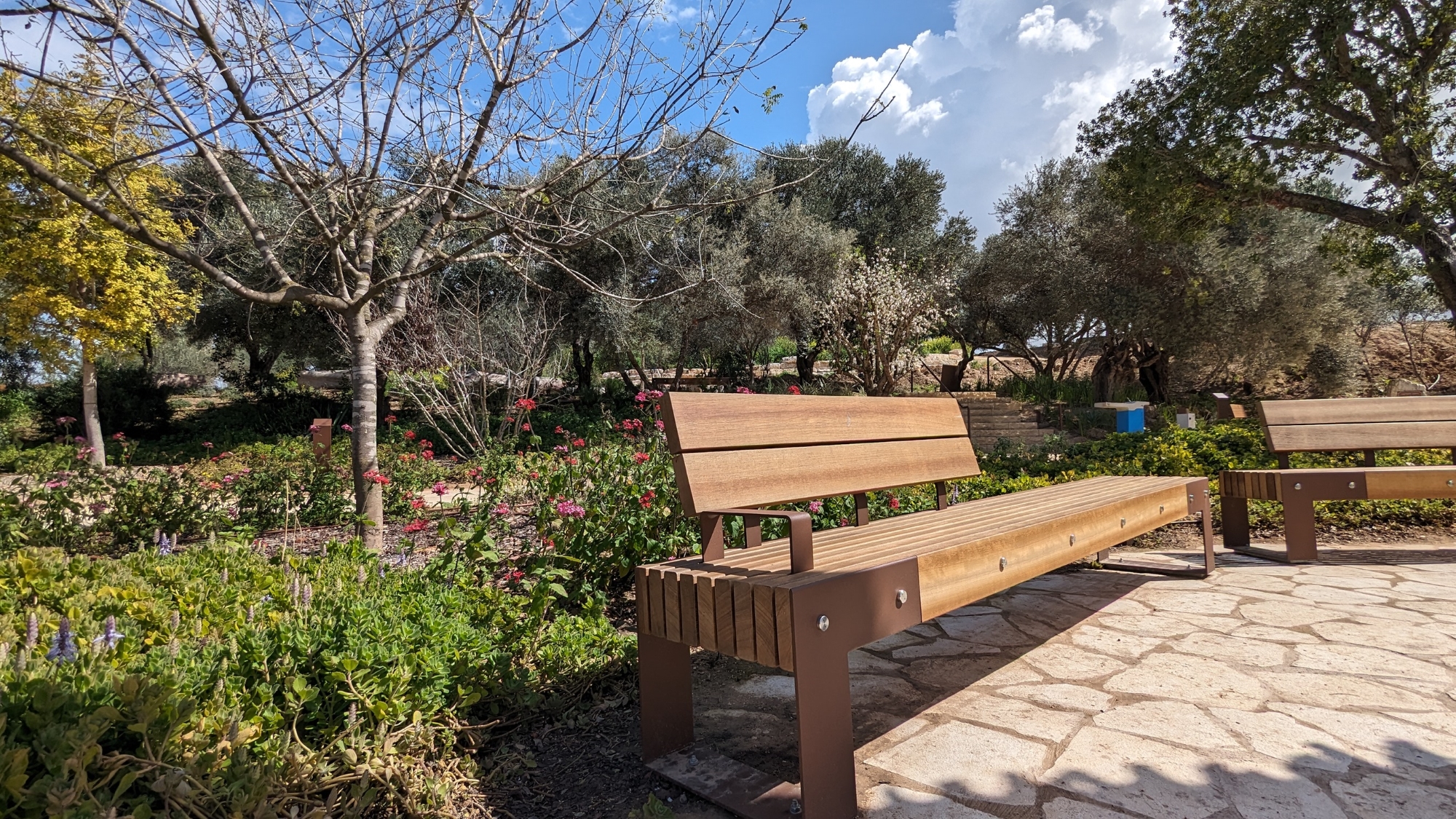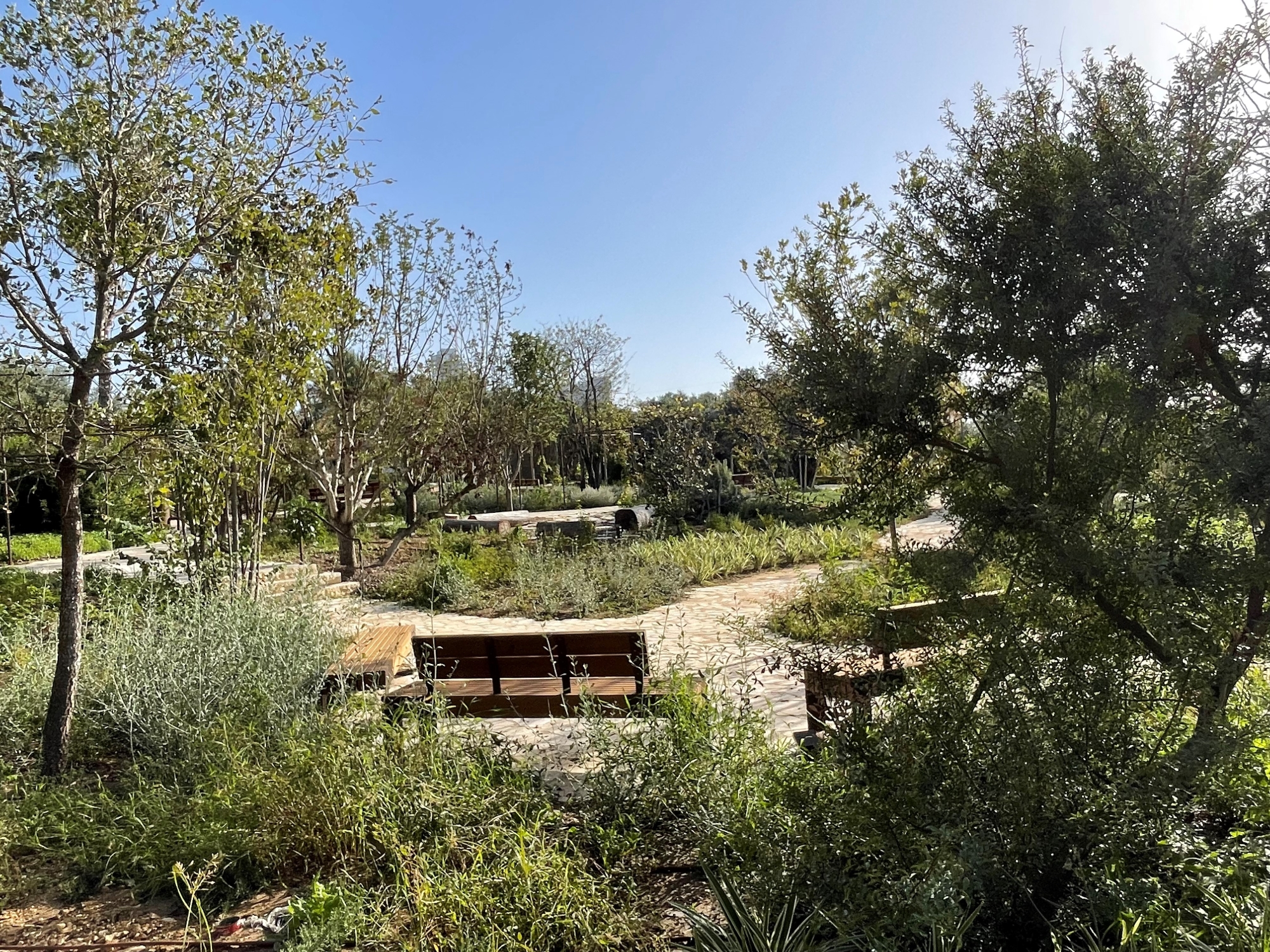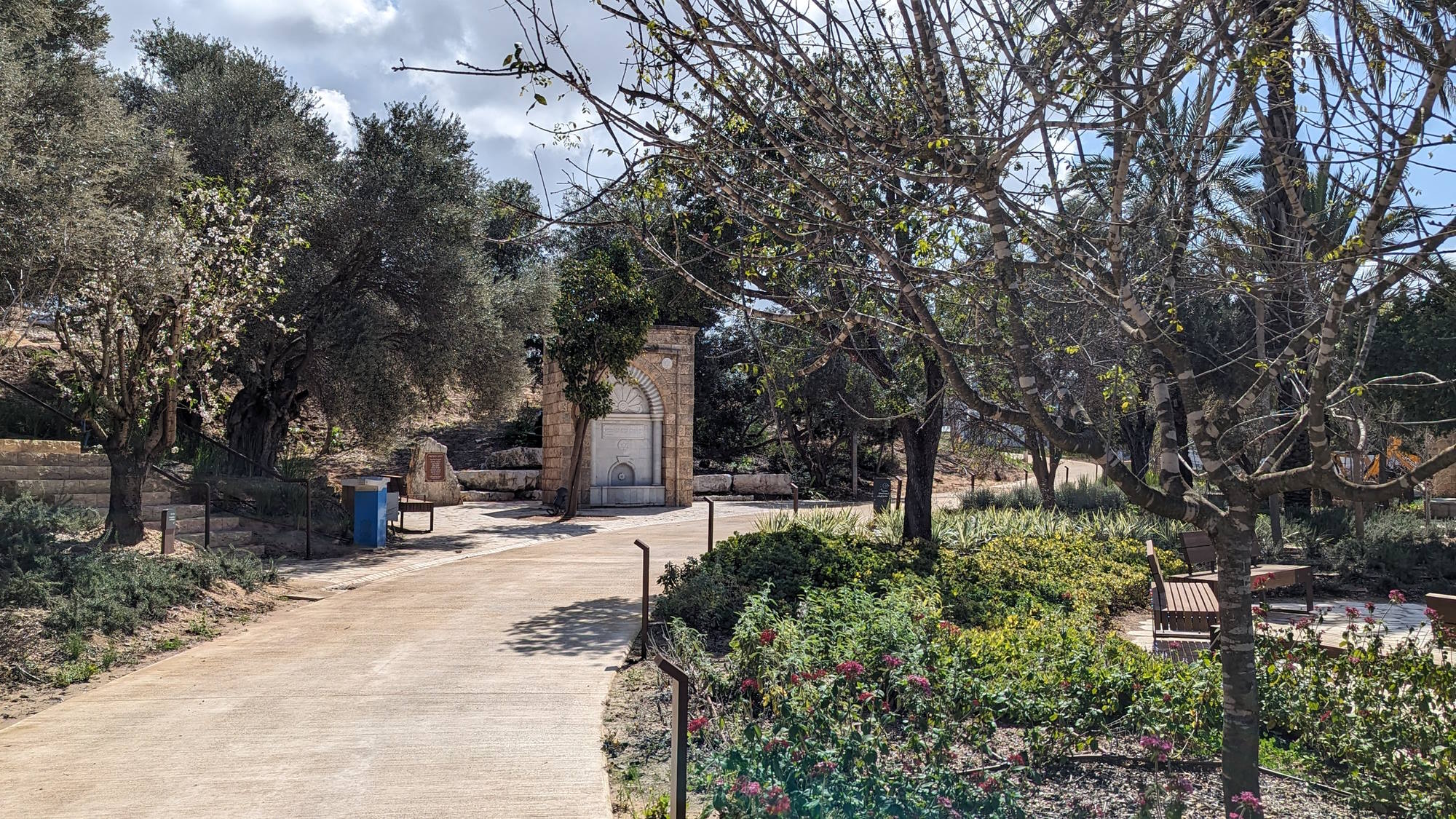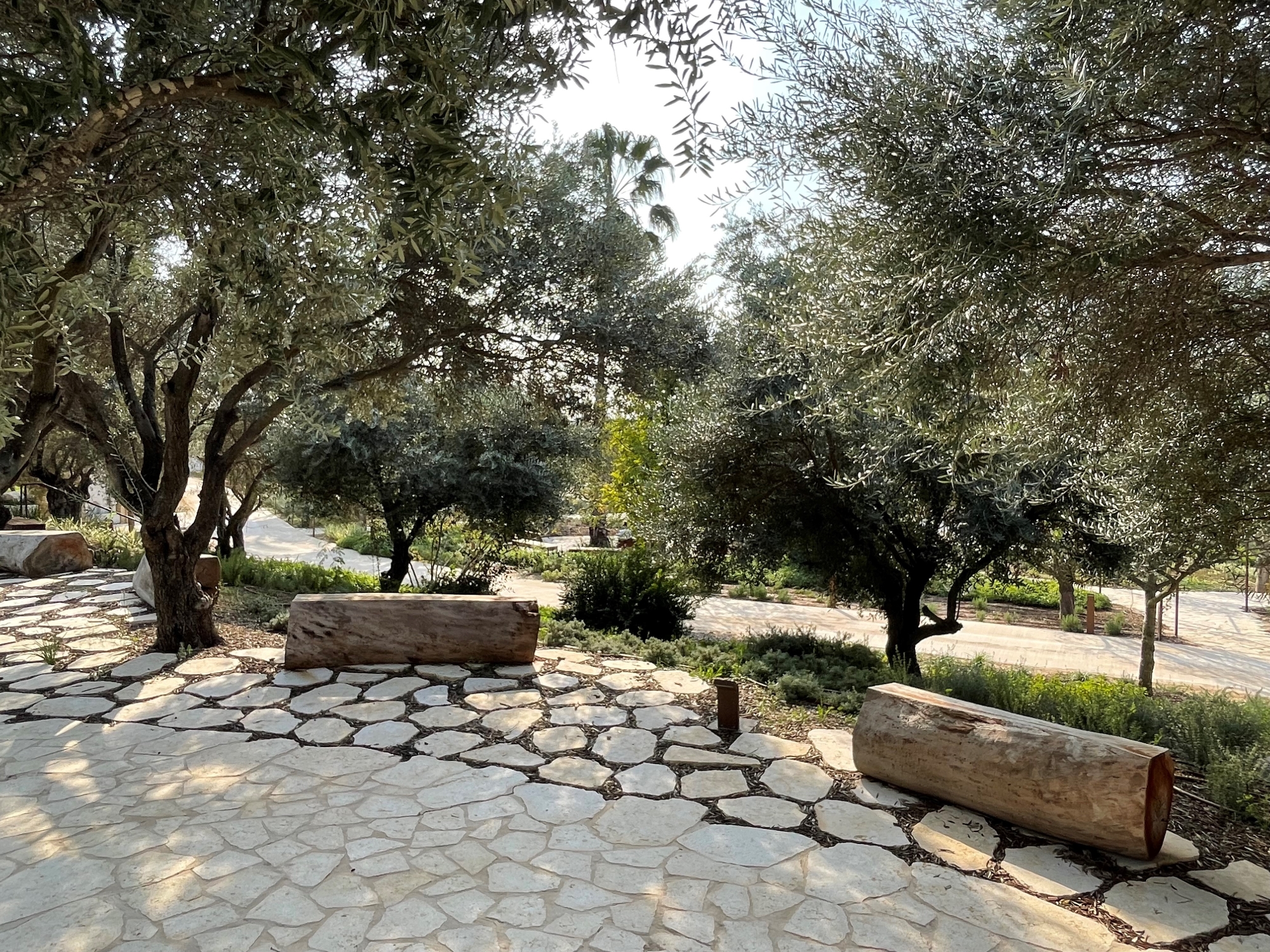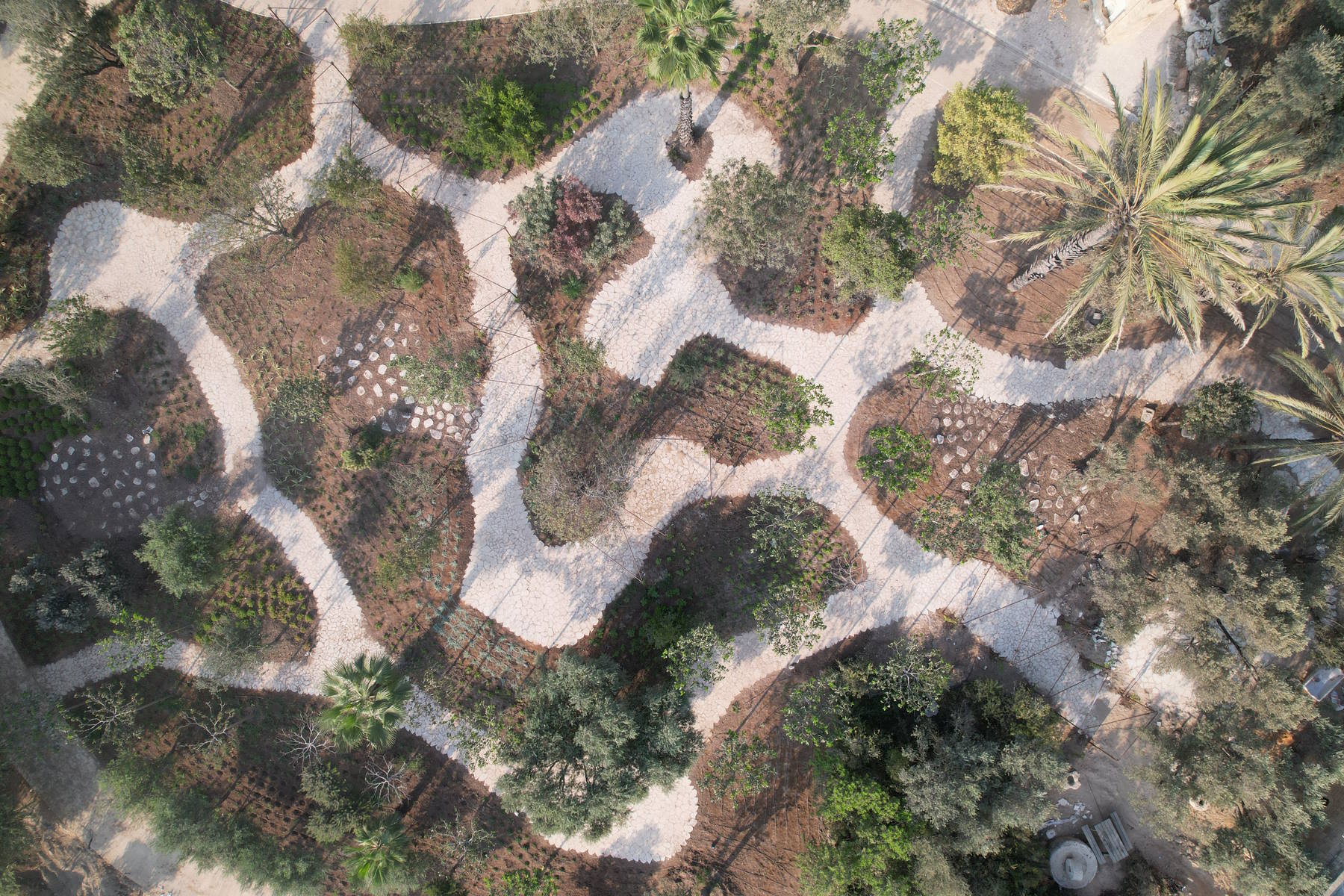As part of the master plan for the renewal of MUZA Eretz Israel Museum Tel Aviv, a public park is being constructed in the western area of the Museum, which will enhance the Museum’s material and spiritual connection with the city and the general public. Opening large tracts of the Museum to the public is an expression of its character as a social and cultural institution that is an integral part of the fabric of urban life.
The park, planned by Studio Urbanof, is the first stage in the implementation of the Museum’s comprehensive renewal plan, entrusted to the architecture firms of Kimmel Eshkolot and Studio De Lange. The construction of the park was made possible by matching funding from the Tel Aviv Yafo municipality and the Jack Joseph and Morton Mandel Foundation.
The first section of MUZA Park, comprising 50,000 sq.m. out of the total area of 90,000 sq.m. is open to the public as of September 21, 2023. The work on the second section of the MUZA Park, comprising the remaining 40,000 sq.m. area open for the benefit of the public, and two additional entrance gates will be completed in a few months. The Park, and the Museum grounds, are accessible through spacious gates located around its circumference and it is open to the public, free of charge, during opening hours.
As an integral part of an important and prestigious museal institution, the Park has been planned according to the highest standards, with meticulous attention to detail. Within it visitors can enjoy the Park Pond, the reconstructed Olive Press and Flour Mill, the Planetarium, Sundial Square, and a wealth of archaeological exhibits from the Museum’s collection. The “sheep tracks” invite visitors to stroll throughout the Park, and are lined with hundreds of seating areas, cool and intimate shady corners, cold water fountains, grapevine trellises, mulberry trees, and soft and sheltering native Mediterranean flora.
With the opening of the Park to the public, the sites distributed around it will remain an integral part of the Museum and its exhibition spaces, and will host exhibitions, workshops, festivals and external events (some with an admission charge).
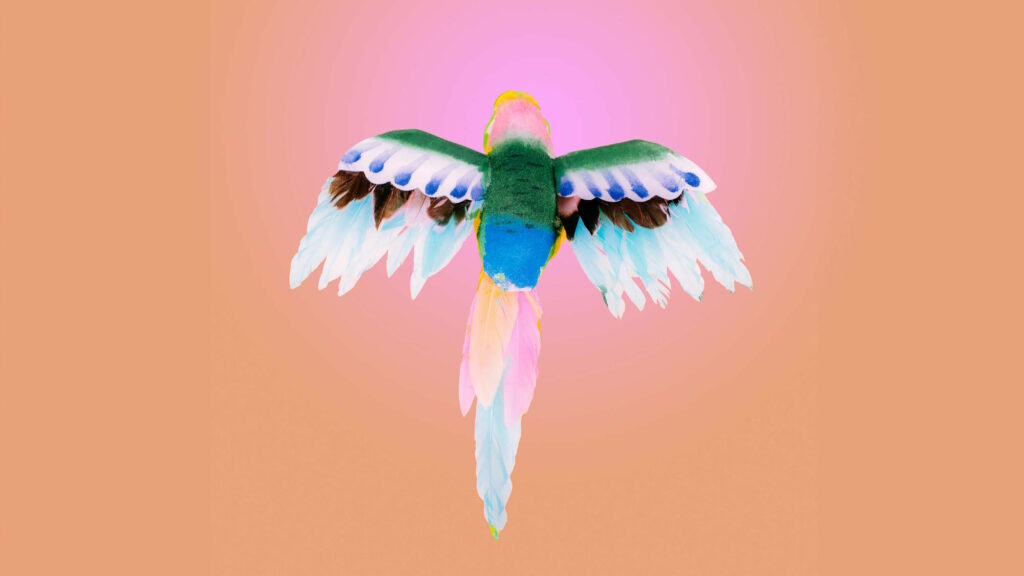
An Asana Moment Meditative Breathing Now
30.03.24-15.06.24
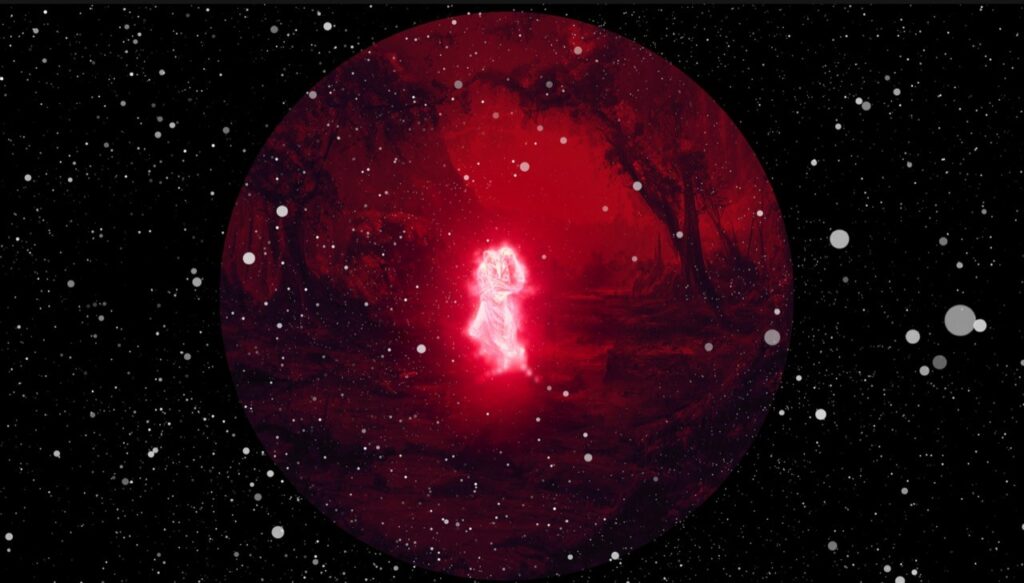
Ran Slavin: Paradise Now (Vol 2) A Site-Specific Multi-Media Video Installation
30.03.24-15.06.24
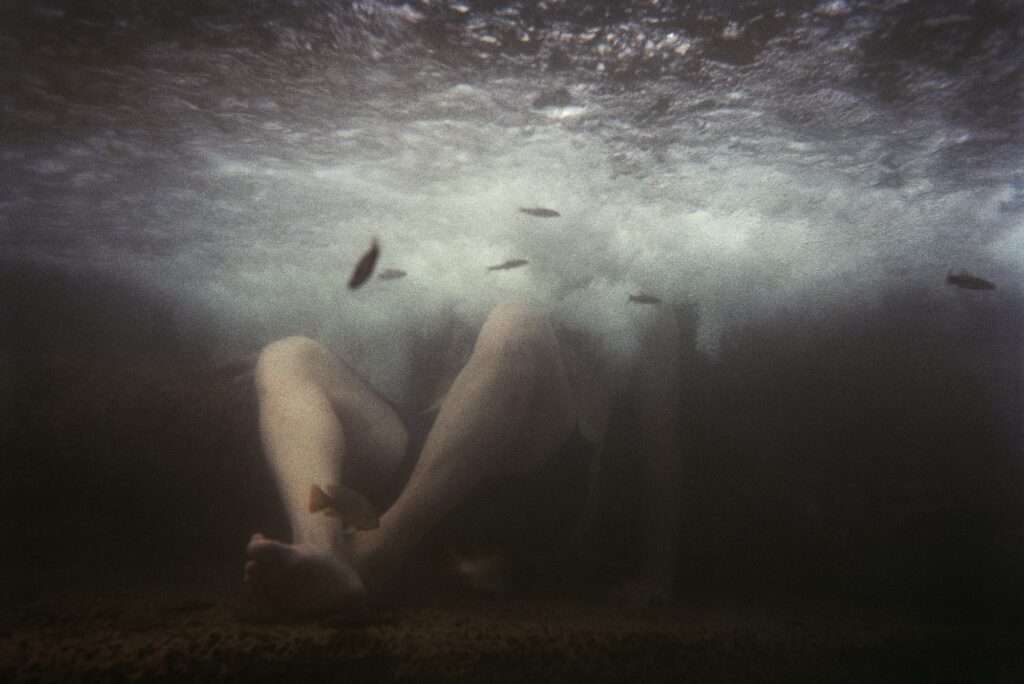
Days before Darkness Daniel Tchetchik
19.01.24-08.06.24
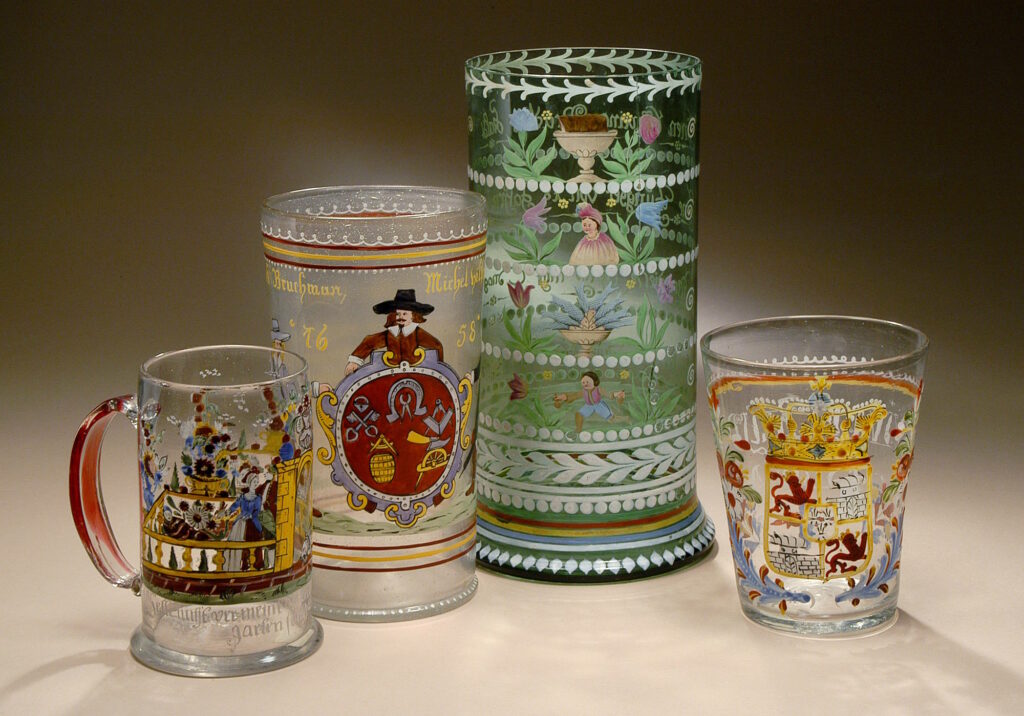
European Glass from the Renaissance to the Mid-19th century Special Exhibition at the Glass Pavilion
15.01.24-15.05.24

